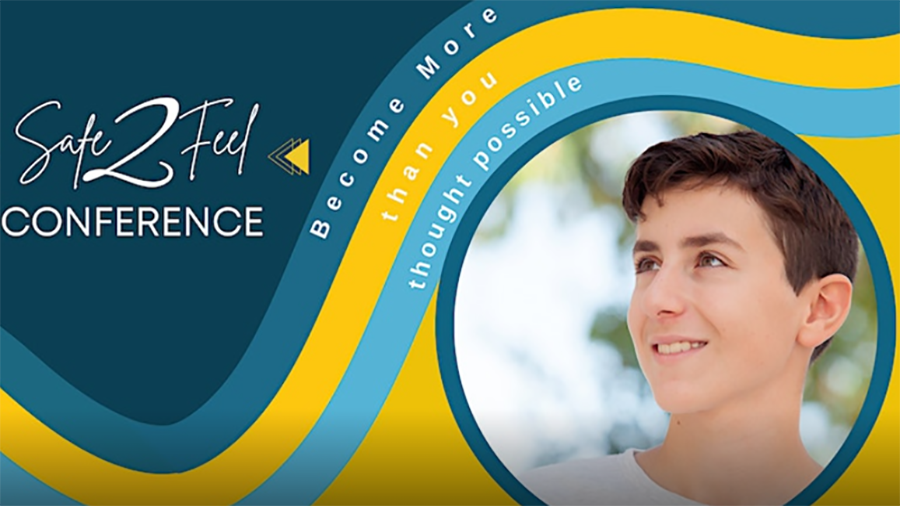‘You can actually find joy again’: Why Utahns are at higher risk for seasonal affective disorder, how to cope
Jan 31, 2024, 7:22 PM | Updated: Feb 1, 2024, 6:11 am
SYRACUSE — Lauren Hess is a busy mom. Untold by her positive demeanor, she has battled depression since she was a teenager.
“I had no idea what it was,” she said. “I kind of stopped going to a lot of my classes, you know, just had no energy, wanted to sleep all the time.”
Things got harder as the days got shorter.
“During the winter, it was just a guarantee that I would struggle the whole time.”
Hess said aside from the extreme fatigue, she experiences headaches, appetite changes and anxiety.
“It’s this weird balance of total numbness and apathy toward everything that you love, but also just feeling like a black hole,” she said. “You only see the things that are going wrong and just every little thing that comes feels a lot heavier than it actually is.”
What is Seasonal Affective Disorder (SAD)?
While depression can affect anyone at any time of year, Dr. Jonathan Birnkrant, a psychiatrist with Huntsman Mental Health Institute, said SAD typically appears in late fall or early winter and can last until spring.
“Seasonal affective disorder is a type of depression. It’s a real depression,” he said. “People think of winter blues or holiday blues. It’s not that. It’s really depression. It’s just that it’s during a particular time of the seasons.”
Birnkrant likened it to jet lag.
“The way it feels is, ‘I just don’t want to get up. I’m exhausted.’ That’s what jet lag is. You just feel exhausted. The difference is jet lag goes away. Seasonal affective disorder can last the whole winter,” he said.
Birnkrant said seasonal affective disorder affects about 5% of the U.S. population, but here in Utah, it can be as high as 10%, due to the lack of daylight during our long winters. And it’s four times more common in women than in men.
“The main issue is just recognizing it,” he said. “I think a lot of people think of it as, ‘Oh, I’m just bummed about the snow,’ but it’s more than that. It’s really affecting their lives and they’re not doing things they used to love to do and enjoy.”
Symptoms of SAD
Like other types of depression, symptoms of seasonal affective disorder include feelings of loneliness, low energy and lack of interest in doing things.
Birnkrant said other symptoms may include a craving for sugars and carbs.
“Eating the carbohydrate actually makes you feel worse,” he said. “Proteins and vegetables and everything you didn’t like as a child are the things that you should be looking at.”
Treatment for SAD
Birnkrant said people with seasonal affective disorder have a low vitamin D level. So, naturally, taking vitamin D supplements can help. He also suggested maintaining a regular sleep schedule, eating a healthy diet and exercising.
“A physical body that’s healthy produces a mind that’s healthy as well,” he said.
Birnkrant also emphasized the importance of getting light. That might mean taking a walk outside or using a light therapy box, such as a SAD lamp, for 30 minutes a day.
Seasonal Affective Disorder More Than the Winter Blues by mculbertson on Scribd
Hess has found these things helpful in her own healing journey.
“Working out, walking and yoga, that’s been huge for me. Meditation has been a big one,” she said. “Finding new hobbies to pick up. I’ve gotten back into reading, baking, cooking, things like that, some kind of hobby where I’m working with my hands – that particularly has helped with anxiety.”
She’s learning to embrace the dark months rather than just endure them.
“Winter’s not the problem anymore, which is a big deal for me and something I never thought would happen,” she said. “There are other things that you can do to not just cope with it or survive through it or get through it, but you can actually find joy again and you can find enjoyment in the things that used to be really difficult for you.”
















